Product Description
 Antique traditional Japanese men's kimono
Antique traditional Japanese men's kimono
Made in Japan
Composition:100% black silk “Habutae”
Lining:navy blue silk
Pattern:decorated with 5 family coats of arms “Kamon Maruni Omodaka
1) What is the meaning, history and samurai affiliation of the Japanese Kamon Omodaka coat of arms?
Meaning:
- Represents a still young rice plant with its leaves.
- Symbol of growth, youth and vitality.
History :
- Apparently appeared in the Kamakura period (12th-13th centuries).
- Originally used by samurai warriors to demonstrate their vitality and growth in martial skills.
Samurai affiliation:
- Traditionally associated with the Hineno clan, a family of samurai warriors serving great clans such as the Takeda.
- Represents the vitality of the Hineno samurai lineage and their dedication to always progressing in the martial arts.
In summary, the “Omodaka” kamon with its young rice shoot motif, symbolizes for the samurai warrior the idea of perpetual growth, whether in his combat skills or in his warrior spirit. He still remains associated with the Hineno samurai family today.
Arrangement:
- 2 on the chest
- 2 on the sleeves
- 1 in the back of the neck
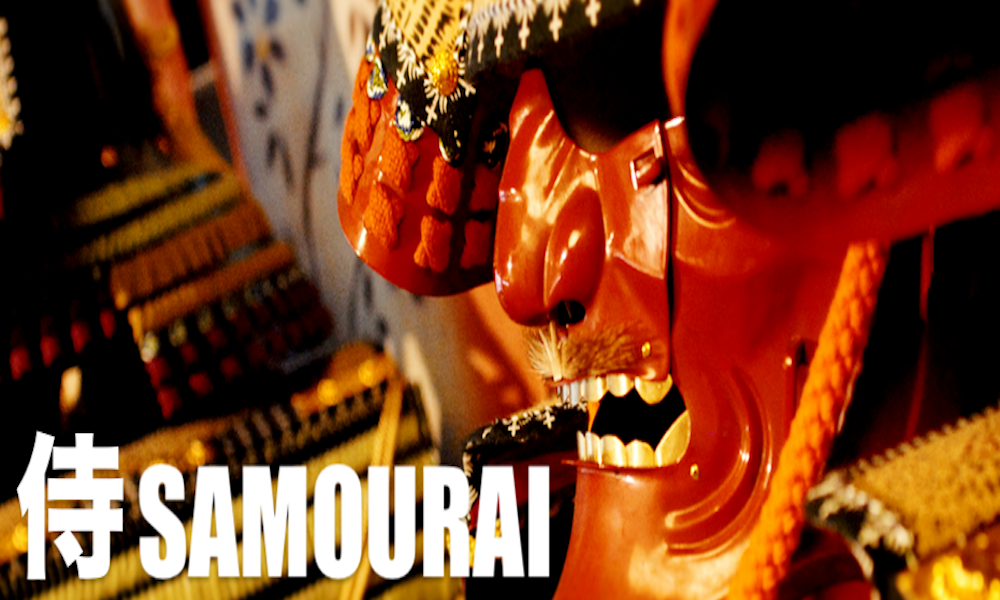
2) On what occasion and how did the samurai wear the traditional Japanese black montsuki kimono?
The traditional Japanese black montsuki kimono was often worn by samurai on formal and ceremonial occasions. Here are some details about when and how samurai wore the montsuki kimono:
- Formal Occasions: The montsuki kimono was generally reserved for important events such as official ceremonies, weddings, funerals, audiences with dignitaries, and other formal occasions. It was considered a ceremonial garment, symbolizing the status and dignity of the wearer.
- Black color : The black montsuki kimono was particularly appreciated for its sobriety and elegance. Black was often associated with formality and simplicity, characteristics valued in ceremonial contexts.
- My (family crest): The montsuki was often decorated with the mon, the samurai family crest. The mon was a heraldic symbol used to identify and represent a family or an individual. The addition of the mon to the montsuki kimono added a personal and specific touch to the samurai lineage.
- Correct port: The montsuki kimono was worn formally, with the left side overlapping the right side, unlike the everyday kimono which is usually worn with the right side overlapping the left side. This specific provision was reserved for formal and ceremonial clothing.
- Hairstyle and accessories: To complete the outfit, samurai often wore a specific hairstyle, such as the chonmage, a hairstyle gathering the hair at the top of the head. Accessories such as the katana, haori (cloak) and zori sandals could also be worn depending on the context.
The black montsuki kimono was therefore a key element of the samurai's formal wardrobe, reserved for solemn occasions and reflecting the social status and elegance of the wearer. These clothing traditions varied somewhat between samurai schools and specific eras of Japanese history.

3) On what occasion and how to wear the traditional kimono for the practice of Iaido?

In Iaido practice, wearing the traditional kimono may be reserved for special occasions or ceremonies rather than regular use during training sessions. Most Iaido practitioners generally opt for more practical and functional attire, such as the keikogi (training jacket and pants) and the obi (belt). However, if you want to wear a traditional kimono for special occasions, here are some tips:
- Suitable occasions: Reserve wearing a kimono for special events such as public demonstrations, ceremonies, competitions, or other formal occasions related to the practice of Iaido.
- Type of kimono: Opt for a traditional style kimono, usually a montsuki (ceremonial kimono) which may be adorned with your mon (family crest) or other symbolic regalia. Make sure the kimono is clean and in good condition.
- Correct port: Wearing a kimono correctly can be complex. Make sure the kimono fits well, with the collar aligned, and that the obi (belt) is tied correctly. A proper belt knot is essential to maintain stability during practice.
- Mobility: Although the kimono is beautiful, it may be less practical for practicing Iaido due to its tight fit and layers. Make sure that the kimono does not restrict your movements and that you can perform Iaido techniques in complete safety.
- Respect for traditions: If you plan to wear a kimono for special occasions, be sure to respect the traditions of your school or dojo. Consult your instructor or experienced practitioners for specific advice.
It is essential to understand that regular Iaido practice is often performed in more functional clothing to ensure optimal freedom of movement. The choice of traditional kimono can therefore be reserved for special and ceremonial moments.
Book without belt.A wide choice is on sale in the store.
Interview:dry wash, silk required!
Period: Showa (1929~1989)
Condition:excellent condition like new (see photos)
Dimension:
Height:134cm
Width:58cm
Width from sleeve end to sleeve end: 123cm
Handle height: 49cm
Handle width: 32.5cm
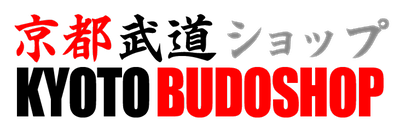

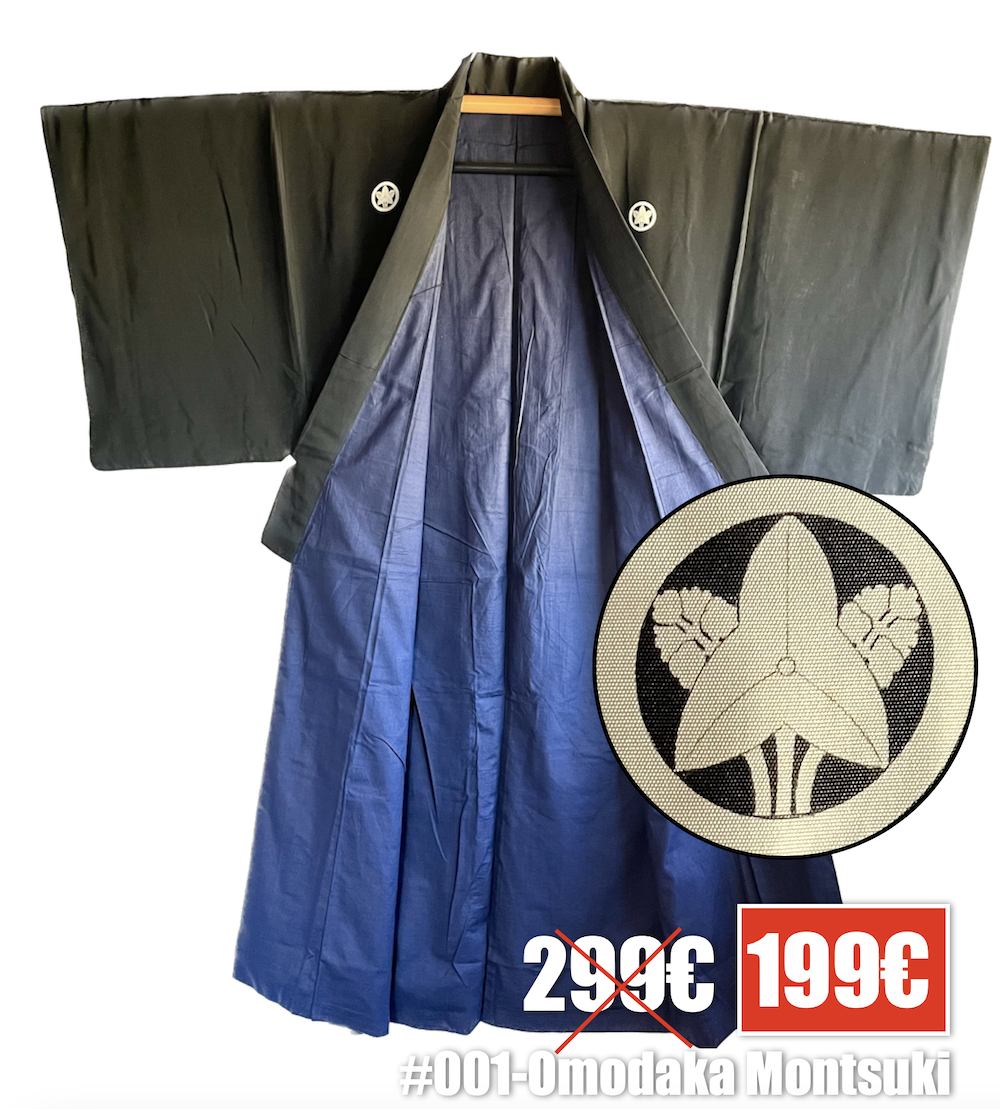
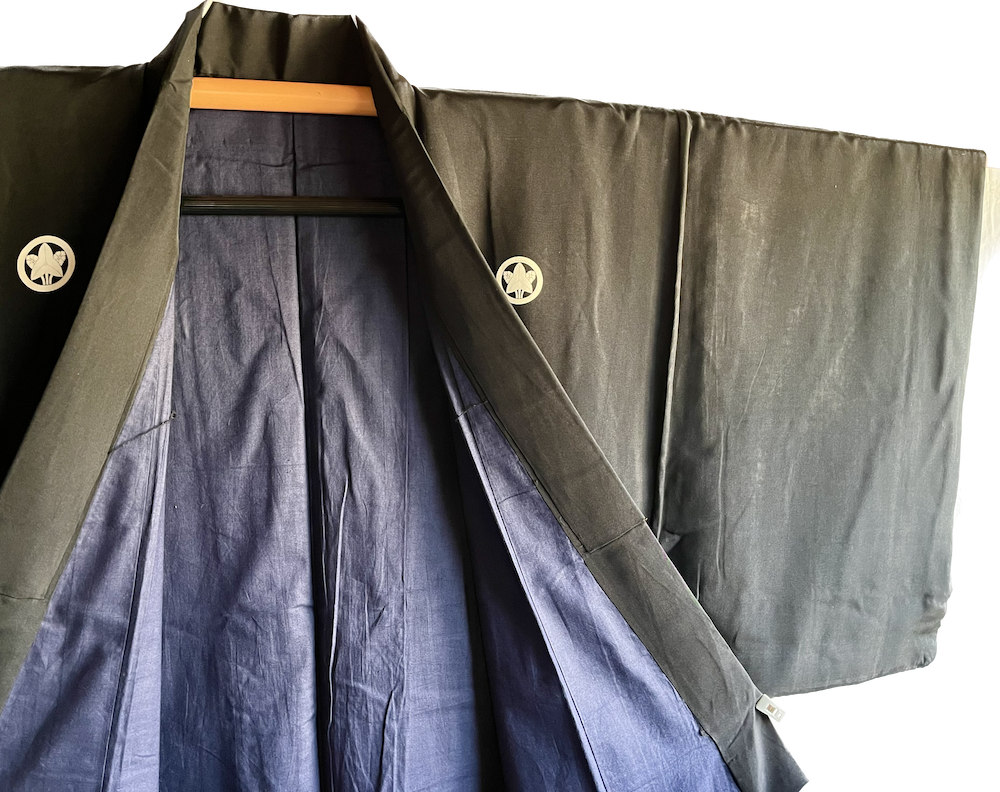
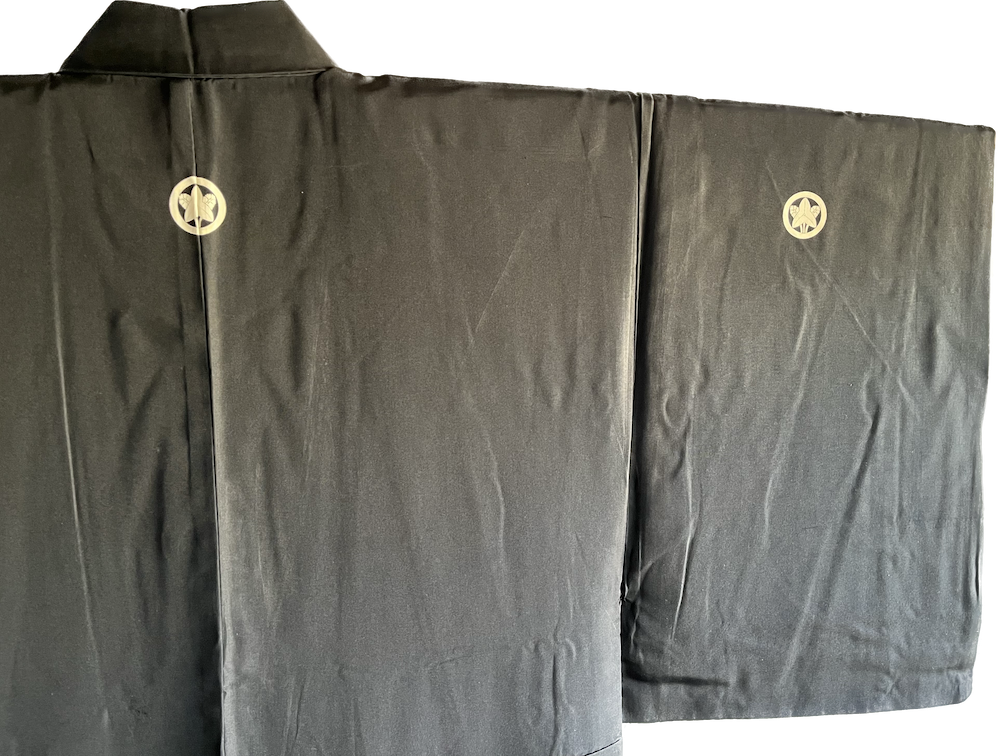

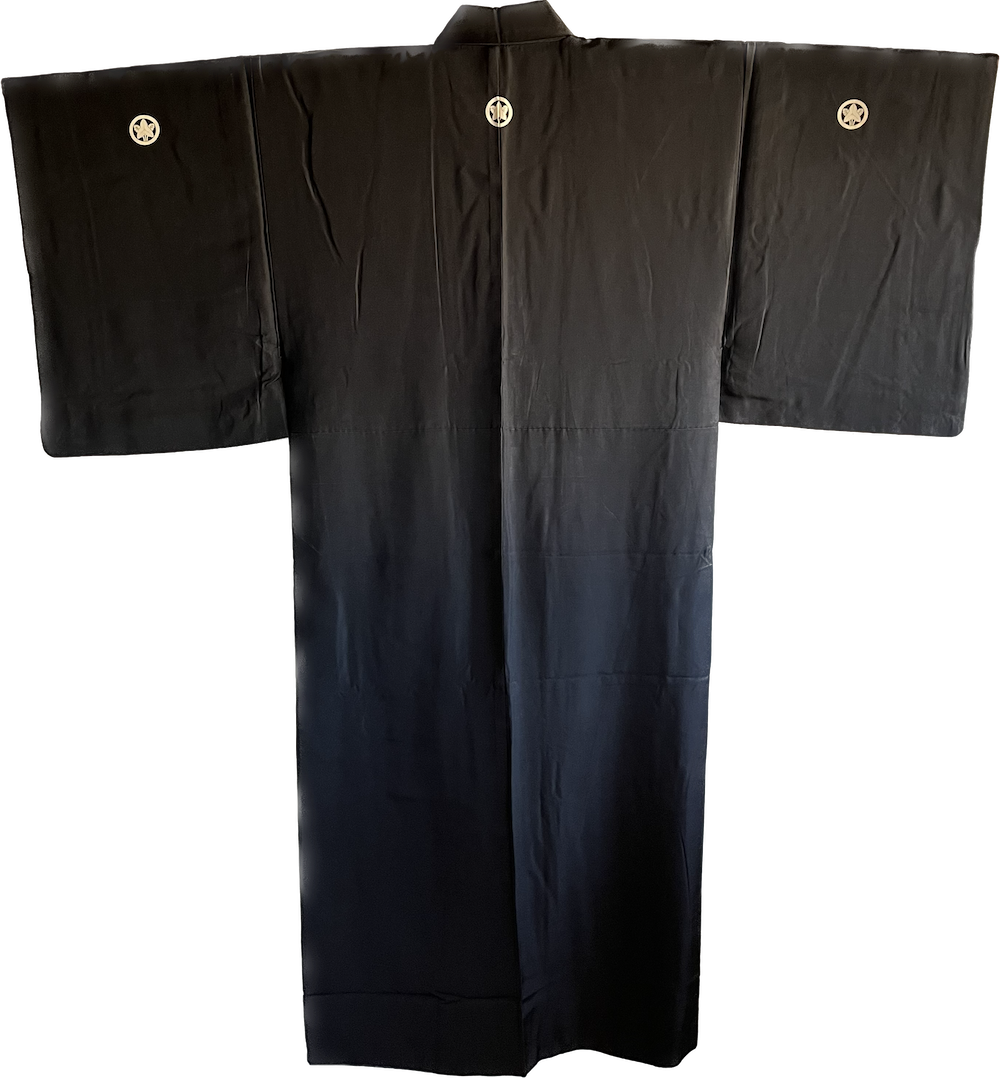

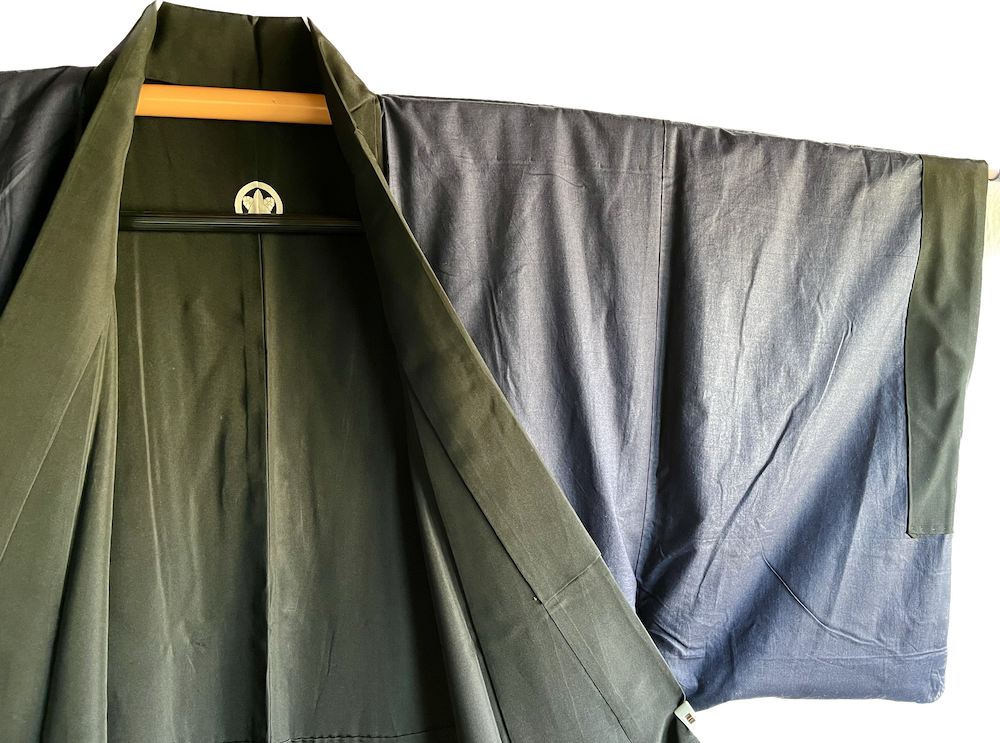
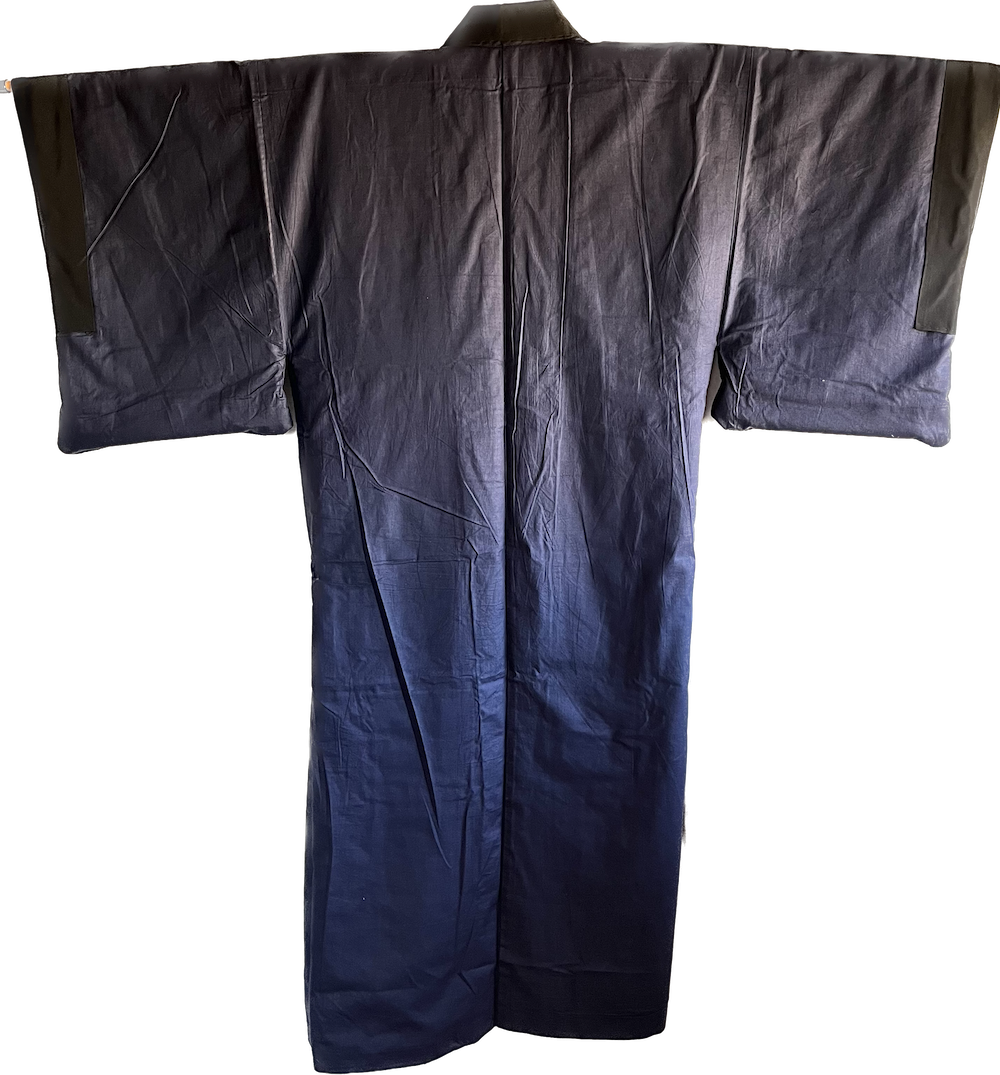
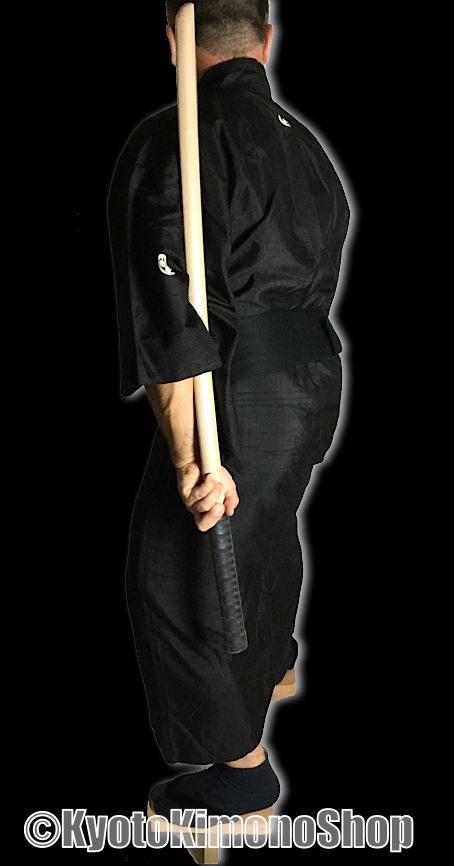
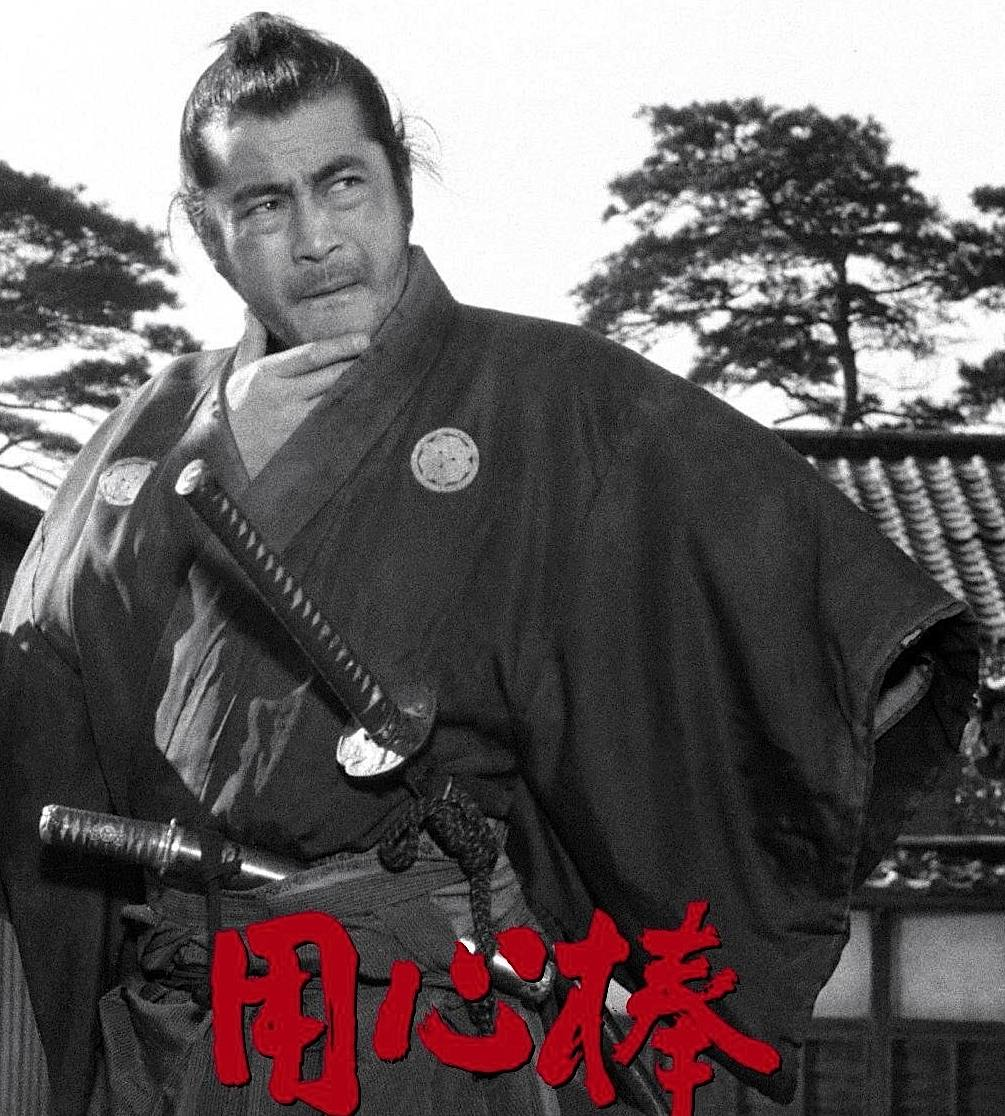


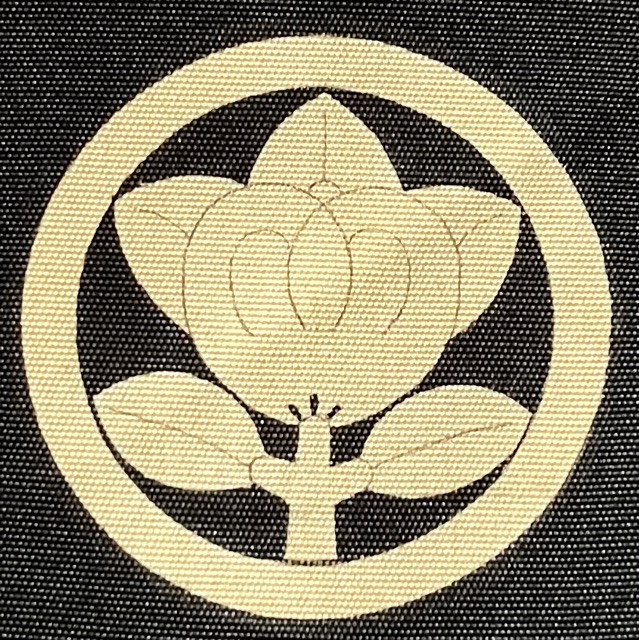
Reviews
There are no reviews yet.